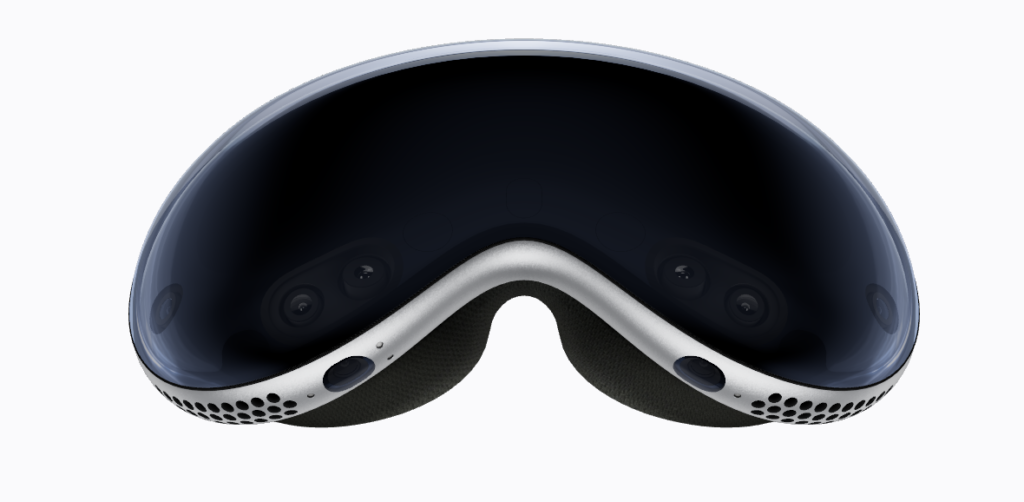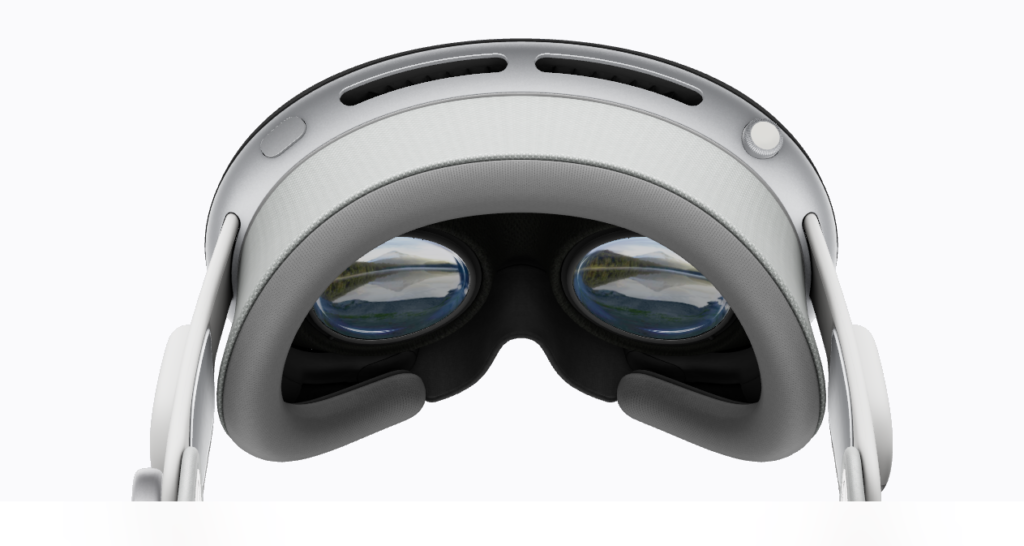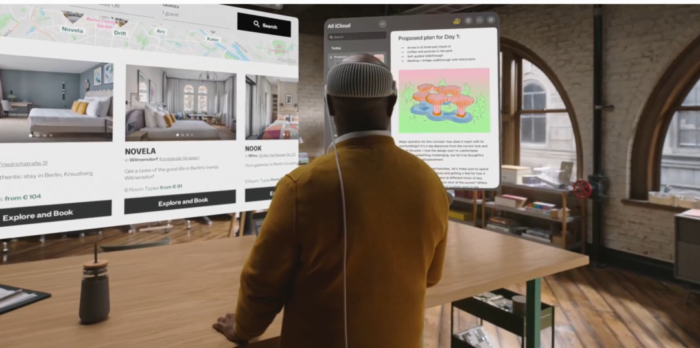
Explore the exciting world of spatial computing and its potential to transform our digital experiences. This blog delves into the future of technology, highlighting the impact of this computing and how it is revolutionizing industries. Discover the power of this emerging technology and its implications for the way we interact with the digital world.
Understanding Spatial Computing:
Spatial computing, also known as spatial augmented reality or spatial computing systems, combines the physical and digital worlds to create immersive and interactive experiences. It goes beyond the traditional two-dimensional interfaces and brings a three-dimensional aspect to our digital interactions. Whether you’re new to technology or an expert in the field, understanding the basics of such computing is essential to grasp the potential it holds for the future.
One of the key components of spatial computing is the ability to perceive and understand the physical space around us. Through advanced sensors and cameras, devices can gather real-time data about the environment and use it to enhance our digital experiences. This opens up a world of possibilities, from overlaying virtual objects onto the real world to creating interactive digital environments that seamlessly integrate with our physical surroundings.

Imagine stepping into a museum and using your smartphone or AR glasses to explore historical artifacts in 3D, or collaborating with colleagues from different parts of the world in a virtual conference room that feels as real as being there in person. These are just a few examples of how spatial computing is transforming industries and revolutionizing the way we work, learn, and interact.
For those new to technology, spatial computing offers an exciting opportunity to dive into the world of immersive experiences. It’s a chance to explore new ways of storytelling, entertainment, and education. As a beginner, you can start by exploring the various devices and platforms available for computing, such as AR-enabled smartphones, VR headsets, or even spatial computing development kits. By familiarizing yourself with the basics and experimenting with different applications, you can unleash your creativity and contribute to the growing ecosystem of new computing.
Even for experts in the field, staying updated with the latest advancements and trends in spatial computing is crucial. The technology is evolving rapidly, and new possibilities are being unlocked every day. By keeping a pulse on the industry, attending conferences, and networking with fellow professionals, you can stay at the forefront of this transformative technology.

One notable feature of the Apple Vision Pro is its variable screen width, allowing users to customize their viewing experience. Whether you prefer a wider field of view for a more immersive experience or a narrower field of view for increased focus, the Vision Pro adapts to your preferences. This versatility makes it ideal for various applications, including sports and gaming. Imagine watching a live sports match and feeling like you’re right in the stadium, with virtual elements seamlessly integrated into the real-world environment. The Vision Pro’s immersive capabilities enable users to experience games in a whole new way, bringing virtual worlds to life and enhancing the overall entertainment experience. From exploring virtual landscapes to battling virtual enemies, the Vision Pro provides a captivating and immersive way to engage with digital content.
Spatial computing is shaping the future of our digital experiences. It bridges the gap between the physical and digital worlds, unlocking new realms of creativity, collaboration, and innovation. Whether you’re just starting your journey or have been exploring technology for years, it is an opportunity to be part of a groundbreaking movement that will redefine the way we interact with technology and the world around us.

However, it’s important to note that spatial computing technology is not yet widely accessible to the general public. The hardware required, such as the Apple Vision Pro, comes at a significant cost, making it less affordable for the average consumer. The high price point currently limits the widespread adoption of spatial computing technology.
Nevertheless, despite the higher cost, the impact of spatial computing on Apple’s market value is expected to be substantial. As Apple continues to invest in research and development, introducing innovative products like the Vision Pro, the company positions itself at the forefront of spatial computing technology. This strategic move can have a significant positive effect on Apple’s market value, attracting tech enthusiasts, developers, and businesses eager to leverage the potential of spatial computing.
Conclusion:
Spatial computing is ushering in a new era of digital experiences, blurring the boundaries between the physical and digital worlds. Its impact is being felt across industries, and the potential for innovation is immense. As we embrace this transformative technology, we open ourselves to a world of possibilities. The future of computing is bright, and it will continue to shape the way we interact with technology and the world around us.

